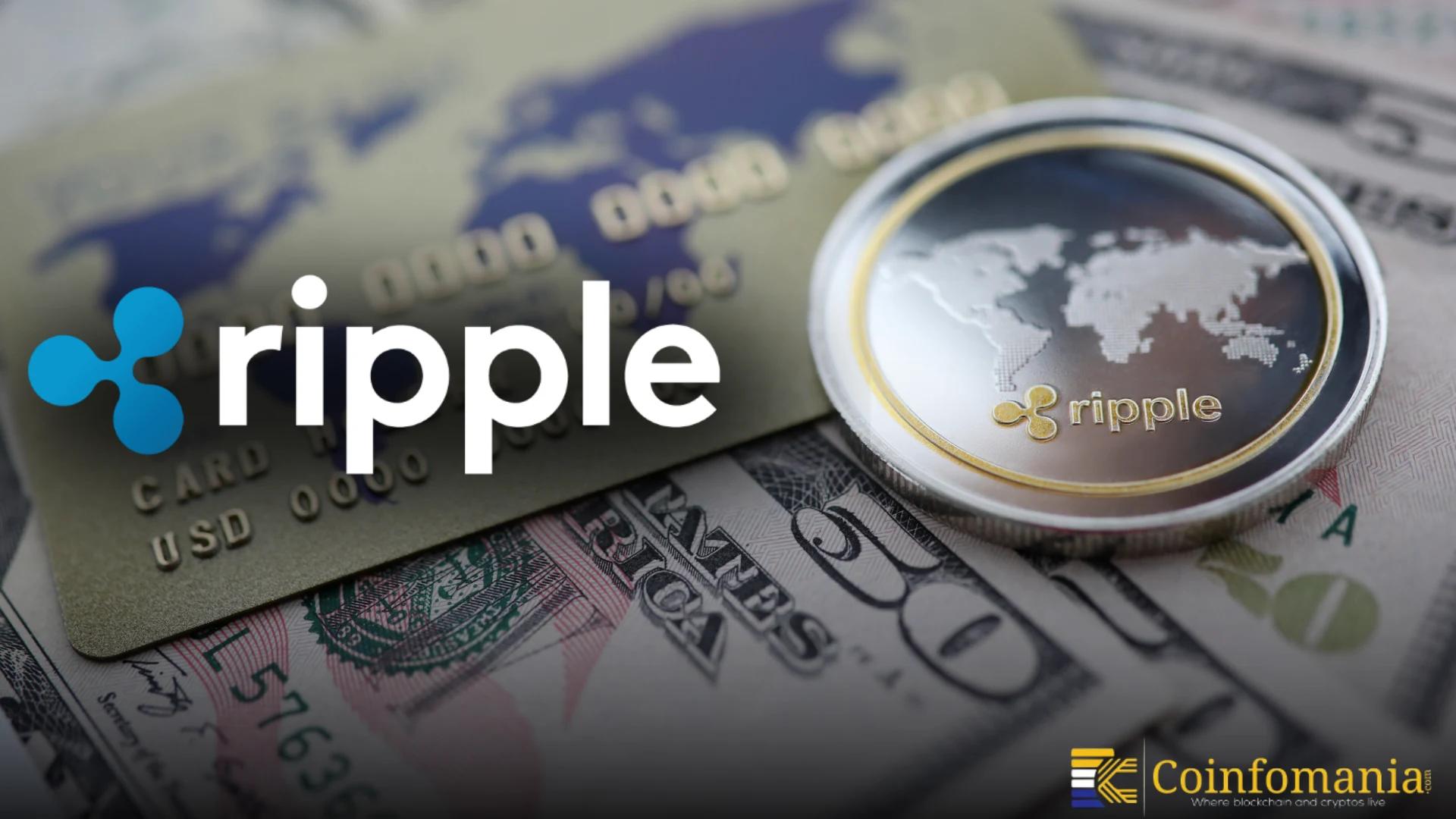Ripple Commits $4B to Build Crypto’s Bridge to Wall Street
Let’s uncover how Ripple’s $4B investment in prime brokerage, custody, and stablecoin tools aims to bridge crypto with Wall Street.

Quick Take
Summary is AI generated, newsroom reviewed.
Ripple is investing $4 billion to build prime brokerage, custody, and treasury tools for institutional crypto access.
The Ripple stablecoin initiative aims to bridge traditional finance and crypto through liquidity and compliance.
Ripple’s strategy targets institutional crypto adoption by offering secure, regulated, and efficient infrastructure.
With this move, Ripple positions itself as a major connector between Wall Street and the blockchain economy.
Ripple is making one of its boldest moves yet, committing a massive $4 billion to expand its financial infrastructure and strengthen its Ripple stablecoin initiative. The investment will drive new product development in prime brokerage, custody, and treasury management, aiming to connect traditional finance with the digital asset world.
This marks Ripple’s transition from a blockchain payments company into a full-fledged institutional financial ecosystem. With its stablecoin plans gaining momentum, Ripple is positioning itself to challenge major players like Circle and PayPal, while appealing directly to Wall Street firms seeking regulated digital asset exposure.
As institutional confidence in crypto gradually returns, Ripple’s timing seems strategic. The company aims to create a seamless experience for banks, hedge funds, and asset managers to access crypto markets using regulated, enterprise-grade tools.
🔥 LATEST: Ripple is investing $4B to build prime brokerage, custody, treasury tools, and a stablecoin push to bridge crypto with Wall Street. pic.twitter.com/noutyOWgvG
— Cointelegraph (@Cointelegraph) November 13, 2025
Ripple’s $4B Expansion Plan: More Than Just a Stablecoin
Ripple’s $4B investment isn’t only about launching a stablecoin. It’s about creating an integrated financial platform that mirrors Wall Street-grade infrastructure. The plan includes building prime brokerage services, advanced custody tools, and efficient treasury solutions to help institutions manage both fiat and digital assets.
These services could allow large financial players to execute trades, hold crypto assets securely, and manage liquidity all within one ecosystem. The Ripple stablecoin initiative plays a central role here , serving as the liquidity bridge between digital and traditional financial systems.
Bridging Traditional Finance and Crypto
Ripple’s move comes as demand for institutional crypto adoption continues to grow. Financial institutions have shown increasing interest in digital assets, but many still hesitate due to concerns around custody and regulatory clarity. Ripple wants to remove those barriers by offering Wall Street a reliable gateway into crypto.
Its upcoming stablecoin, rumored to be backed 1:1 by fiat reserves, could become a preferred settlement tool for large-scale transactions. By combining crypto custody services with a robust treasury platform, Ripple hopes to simplify the complex operational requirements that have long discouraged institutional entry into crypto markets.
Moreover, Ripple’s global banking network gives it an edge. Its partnerships with central banks and payment institutions provide the trust and regulatory framework necessary to make its Ripple stablecoin initiative credible at scale.
Conclusion
Ripple’s $4 billion investment is an indication of the company’s strong belief that the future of finance is interoperability, not competition; rather than establishing standalone crypto system applications, Ripple envisions linking existing financial infrastructure with blockchain-enabled tools. If the effort proves successful, Ripple will have virtually set the stage for institutional cryptocurrency adoption and for traditional and digital assets to connect from one to another.
The company’s efforts could also compel other institutions,banks and fintechs especially,to embrace the use of blockchain technologies with more speed and vigor. Overall, then, it is betting confidently on the idea that trust, regulation, and usability will drive the next era of asymmetrical crypto activity, and their stablecoin endeavor may be the last “missing” piece to combine Wall Street and Web3.
Follow us on Google News
Get the latest crypto insights and updates.
Related Posts

Charles Hoskinson Praises Bitcoin and Cardano While Criticizing Ethereum’s Design
Triparna Baishnab
Author

XRP Holders Capitulate in Q4 as Realized Losses Spike Sharply
Triparna Baishnab
Author

Matador Secures Regulatory Approval to Fund Major Bitcoin Expansion
Vandit Grover
Author